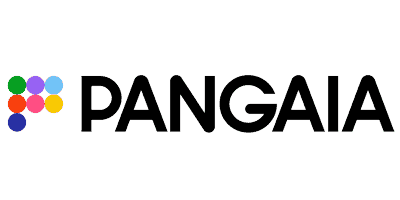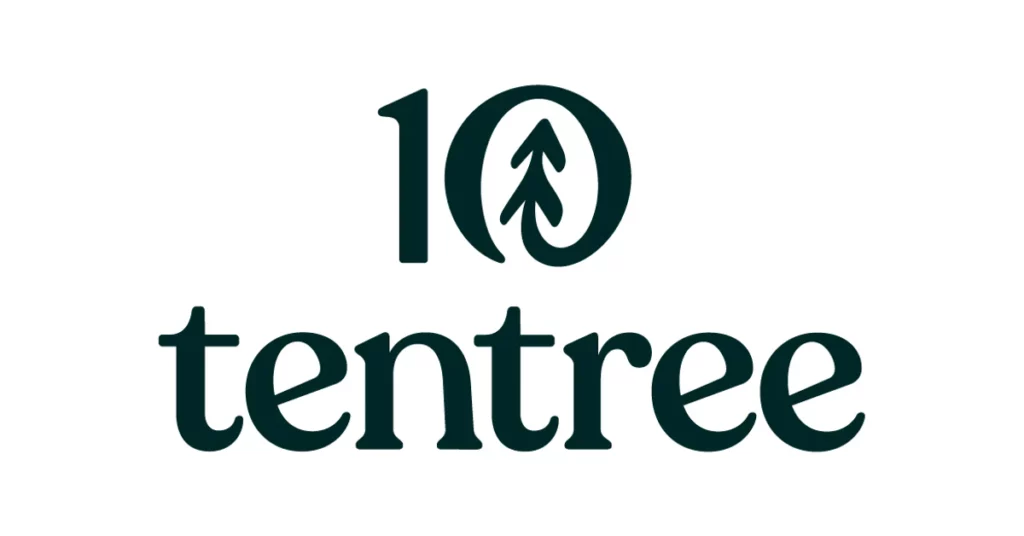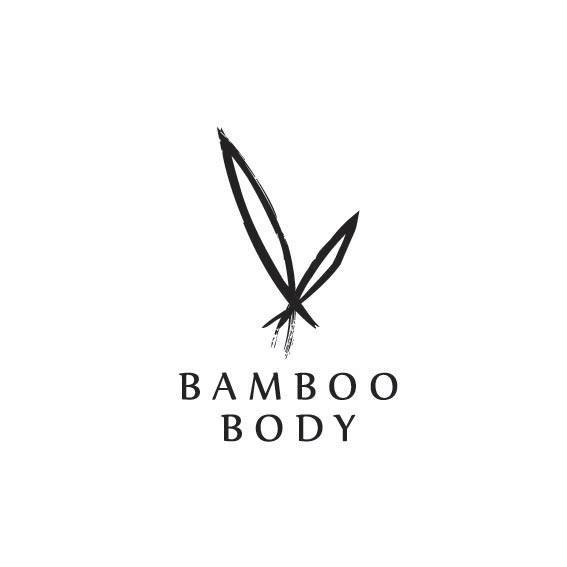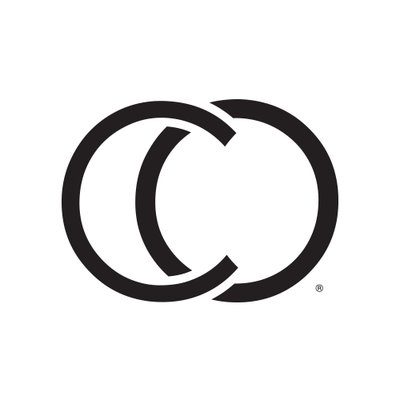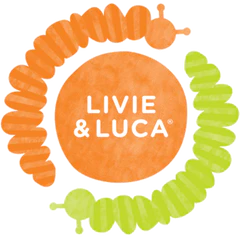Ethical Fashion Brands: What Their Logos Say About Them
Some fashion brands appeal to the masses with their style and glamour. But there are some that are built on strong values. These are all about forging deep connections with their audience through shared beliefs and causes. Yes, we are talking about ethical fashion brands.
Even if they target a niche market, these brands capture hearts, not just attention, by nurturing meaningful relationships and advocating for sustainability, ethical practices, and transparency.
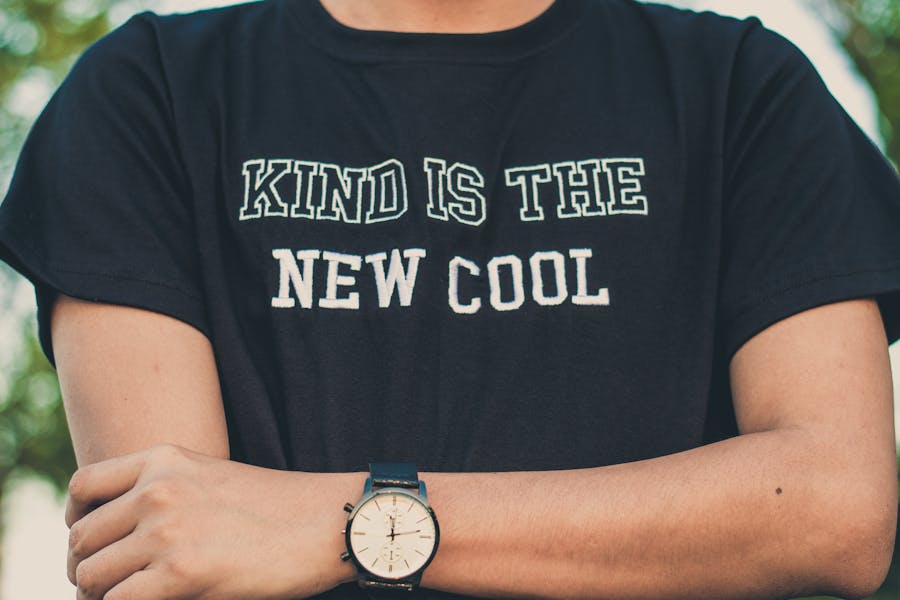
In this blog, we will delve into how ethical fashion brands leverage branding and logo design to represent their core values. From minimalist aesthetics to nature-inspired motifs, these logos serve a purpose beyond merely representing a product – they convey a dedication to positive change.
We’ll see how these brands differentiate themselves in a competitive landscape and carve a niche for themselves. So, get ready for some fresh insights on crafting authentic, value-driven branding that resonates with today’s socially conscious consumers.
Ethical Fashion Brands & Their Branding – An Overview
What are ethical fashion brands? Ethical fashion brands are brands that prioritize the well-being of people and the planet. Hence they focus on sustainable processes and fair labor practices.
From meticulously designing their supply chains while keeping their workers’ well-being in mind to ethically sourcing their ingredients and adopting transparency throughout, there are various practices that differentiate ethical fashion brands from others.
Therefore, a logo that appears “fashionable” in the conventional sense or one that merely exists to represent the brand’s name is just not enough. A good logo for an ethical fashion brand works in sync with the overall branding to communicate to the customers the brand’s unique story and their values. It effectively captures the transparency and responsible practices of the brand therefore building credibility.
Reportedly, customers are willing to pay about a 9.7% sustainability premium even amidst the rising cost of living. This means that consumers respect and trust brands that are responsible in their approach. Evidently, such brands cannot take their logo and branding lightly.
So, let’s take a look at some logos of ethical fashion brands and what they say about creating impactful designs to represent a brand.
Branding & Design Lessons From 6 Ethical Fashion Logos
1. PANGAIA
The renowned digital-only fashion brand PANGAIA has a charming logo. From compostable packaging to sustainable processes, the brand is all about creating products that are better for the planet.
PANGAIA adopts a minimalist utilitarian aesthetic without flashy details. The core element is the wordmark in a clear and modern sans-serif typeface which is perfect for forward-thinking ethical fashion brands. Considering the bold attitude that these brands carry when it comes to breaking the norms and standing by their purpose, the logo features the brand name in all-caps style. This makes the design loud and clear at first glance.
Every fashion brand needs a standout factor that makes the logo and identity more memorable. In this case, it’s the distinct multicolor logomark that solves dual purposes. Reportedly, this element is meant to capture the colors of nature. Additionally, the dots are aligned to form the letter P as well.
On the whole, the design is interesting while also resonating with what makes the brand unique, their respect for nature.
On another note, notice how they use a globe element to represent PANGAIA on social media, on their social media profile icons. This is a fresh deviation from the conventional practice of using the brand logo as the profile icon. This demonstrates the brand’s adherence to purpose beyond traditional practices in branding.
KIMP Tip: A good ethical fashion brand logo should not just be visually appealing. It should reinforce your brand’s positioning. Consider how PANGAIA’s use of a multicolor logomark not only reflects nature but also adds a distinctive touch. Experiment with subtle yet meaningful design details that enhance brand recall.
2. Tentree
The beauty of the Tentree logo starts from the brand name itself. According to Tentree, they plant ten trees for every purchase made, hence the name. Accordingly, the logo design captures the story by featuring a numeral 10 integrated with a tree symbol.
Tentree’s logo depicts how ethical fashion brands can design logos that are a direct visual communication of their mission.
Moreover, to preserve the organic human feel that is expected of ethical fashion brands, the design incorporates a hand-drawn style illustration instead of cliched tree imagery.
The typography in any logo needs to complement the design while preserving its readability. The Tentree logo achieves this accurately. The lowercase, rounded typography suggests accessibility, comfort, and a friendly, approachable brand personality.
KIMP Tip: Your logo should be an accurate representation of your brand’s mission. Tentree achieves this by directly integrating the concept of tree planting into its design. Taking cues from this, think about how you can translate your brand’s core promise into a visual element, making your logo a storytelling tool.
Need help designing unique visually appealing logos with deeper meanings? Get a KIMP Graphics subscription!
3. Cotopaxi
Cotopaxi has one of the most vibrant logos among all ethical fashion brands. A unique one too. After all, you don’t often come across fashion logos featuring a llama!
The B-Corp Certified brand focuses on creating “Gear For Good” and prioritizes sustainable practices.
But why a llama? There’s a story behind this and here’s a video where the Cotopaxi team explains the philosophy behind this design decision.
In short, the llama was chosen because it is unique, “outdoorsy”, fun, and adventurous. In other words, the llama represents everything the brand is and hence fits seamlessly into Cotopaxi’s identity.
Moreover, in terms of the color and fonts used in branding, Cotopaxi demonstrates that ethical fashion doesn’t always have to be muted or serious; it can be vibrant and fun, challenging the notion that ethical fashion equates to a lack of style or color.
KIMP Tip: To create an emotional connection with your customers, infuse personality into your logo. Cotopaxi’s use of a llama isn’t just unique for its industry but also an embodiment of adventure, fun and the brand’s values. Similarly, identify unique and unexpected symbols that align with your story and set you apart.
4. Bamboo Body
Bamboo Body is an Australian sustainable fashion brand particularly known for their bamboo fabric. This ethical fashion brand’s logo beautifully represents the essence of natural fabric and the comfort they value.
The combination logo features the brand name in an elegant and timeless font and illustrative element.
The notable detail here is how the design leverages the power of simplicity. Instead of aiming for perfection with an artistic bamboo icon, the logo uses a raw hand-drawn style illustration. The organic feel of hand-drawn illustrations can be highly beneficial to ethical fashion brands.
An additional perspective here is how the brand brilliantly uses growing bamboo shoots rather than a full-grown plant. This not only differentiates the imagery from the traditional bamboo representation but also subtly depicts growth and renewal. This aligns with the brand’s focus on sustainability and creating products that are kind to both people and the planet.
Besides, the overall look and feel of the design is positive and fresh. This positive imagery can resonate with consumers and create a favorable impression of the brand.
KIMP Tip: Looking to create something instantly recognizable? Go with a simple and organic design so you have something signature to your brand rather than an overly polished overused symbol.
In this case, Bamboo Body’s use of a hand-drawn illustration adds authenticity and warmth. If your brand values eco-friendliness, consider natural, imperfect design elements to evoke trust and relatability.
5. Colored Organics
Colored Organics is yet another ethical fashion brand that relies on the strength in simplicity when it comes to branding. In fact there are several simple logos that have grown to become iconic elements in the world of brand design.
Minimalistic logos often represent transparency and feel apt to the concept of sustainability. Therefore, minimalism works for ethical fashion brands and Colored Organics is a great example of this.
The brand uses a monogram with an interlocking “C” and “O” reinforcing the brand’s identity. This design also aligns with the brand’s no-frills approach in its processes.
In this case, it’s all about clear, descriptive branding that can attract consumers interested in specific ethical or material choices.
Moreover, there is also a sense of sophistication to the design that effectively communicates the luxurious comfort of organic cotton that the brand uses. Finally, all of these design choices also complement the subtle muted color palette the brand uses.
KIMP Tip: Own an ethical fashion brand? Tap into the power of simplicity. Colored Organics demonstrates how a clean monogram logo can be used to reinforce transparency and simplicity while maintaining sophistication. Inspired by simple logos like this one, focus on clarity and purposeful design choices that align with your brand’s values. Because less is truly more when it comes to branding.
6. Livie & Luca
The moment you see the logo, can you say that it’s a brand for children? That’s brilliant use of audience-focused designs in branding.
Livie & Luca is a brand that crafts children’s shoes that are as good for the planet as they are for little feet. Their logo shows that branding for ethical fashion brands does not always have to be plain and muted. With a playful and lively design, this brand truly does stand out amidst others in the segment.
In a world where ethical fashion brands are perceived to have understated identities, Livie & Luca flaunts a vibrant logo with memorable details.
Firstly, there are the caterpillars. The caterpillar has been an integral part of the brand’s identity for a long time. According to the team, a caterpillar wase chosen as the core imagery because of its “slow and purposeful metamorphosis” resonating with the slow and steady growth of the brand.
When they rebranded in 2014, they chose to go with an imperfect and raw design that appears more playful and close to nature. Accordingly, they introduced the current logo which includes two caterpillars that are created out of patched-together thumbprints.
Moreover, while the design itself looks harmonious, if you look close, it does not make an effort to force balance into the design. Instead it uses a slightly imperfect circle at the center to complement the crude illustration of the caterpillars. With this, the overall design looks authentic, natural and inherently fun.
Finally, the near-complementary harmony between orange and green helps create a visually pleasing combination which works throughout the brand identity.
KIMP Tip: Choosing the right colors for your logo is not enough. You need to be sure that the chosen colors work well together and in diverse applications. Understand color harmonies for brand color decisions.
Key Takeaways From These Ethical Fashion Brands
Evident from the analysis of these ethical fashion brand logos, each brand has its unique approach to branding. However, a few common themes stand out in how they visually communicate their values.
- Simplicity is a strength in branding. Many ethical fashion brands like PANGAIA and Colored Organics opt for minimalist designs that are clean, uncluttered, and timeless. This aligns with their transparent and no-frills approach to sustainability. Therefore clarity always wins over complexity in branding.
- Even if your logo is simple, you can add more meaning to it by integrating your brand’s core message or mission into it. Use meaningful symbols, either in the form of direct representations like the one used by Tentree or as deeper representations like the one used by Cotopaxi.
- To truly stand out in a crowded market, stay away from cliched styles and opt for authentic ones like hand-drawn illustrations. These feel fresh and most importantly, they feel human.
- Your logo color choices can make or break your brand’s personality. Choose colors that align with consumer perceptions and reinforce your brand identity.
- Consider the scalability and versatility of your logo. Over complicated details in your design make the design lose its meaning or depth on busy backgrounds and various applications. Considering the omnichannel presence expected of brands in the digital age, design logos that can easily be scaled without losing their impact.
Design Meaningful Logos With KIMP!
From simple manipulation of the type to the inclusion of a custom illustration, there are many ways to add character to the logos of ethical fashion brands or any brand for that matter. This is where the expertise and experience of a professional design team can stand out.
Tired of expensive design projects? Many brands are switching to unlimited design subscriptions.
Ready to give it a try? Sign up for KIMP’s 7-day free trial!

